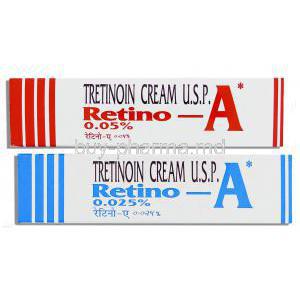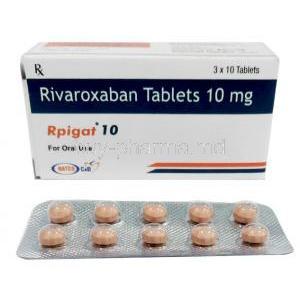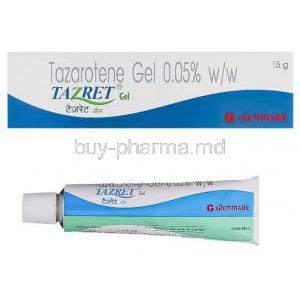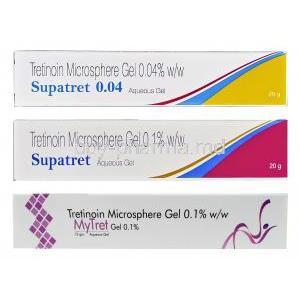Eflornithine
- I. Introduction
- II. Uses of Eflornithine
- III. How Eflornithine Works
- IV. Dosage and Administration
- V. Composition
- VI. Storage
- VII. Interaction with Other Drugs
- VIII. Side Effects
- IX. Common Side Effects
- X. Off-label Use
- XI. Warnings
- XII. Contraindications
- XIII. Careful Administration
- XIV. Important Precautions
- XV. Administration to Special Populations
- XVI. Overdosage
- XVII. Handling Precautions
I. Introduction
Eflornithine is an example of pharmaceutical advancement rooted in a fascinating history of medical progress. This exceptional compound, first discovered in the mid-20th century, has become a treatment option for various conditions. By delving into its structure, one can uncover a complex blend of molecules carefully arranged to highlight its unique chemical composition and special characteristics.
Brief history of Eflornithine
The story of Eflornithine began in the 1970s when experts first discovered its potential. Originally developed as a treatment for cancer, it unexpectedly showed effectiveness in fighting against the Trypanosoma parasite leading to a direction in its use for medical purposes.
Chemical composition and properties
Chemical Formula; C6H12F2N2O2 Molecular Mass; 182.17 grams per mole Characteristics; Eflornithine, commonly known by its brand names such as Vaniqa, appears as a powdery substance with a slightly off-white color. It dissolves in water and has limited solubility in methanol. Its chemical composition is carefully designed to ensure absorption and effectiveness.
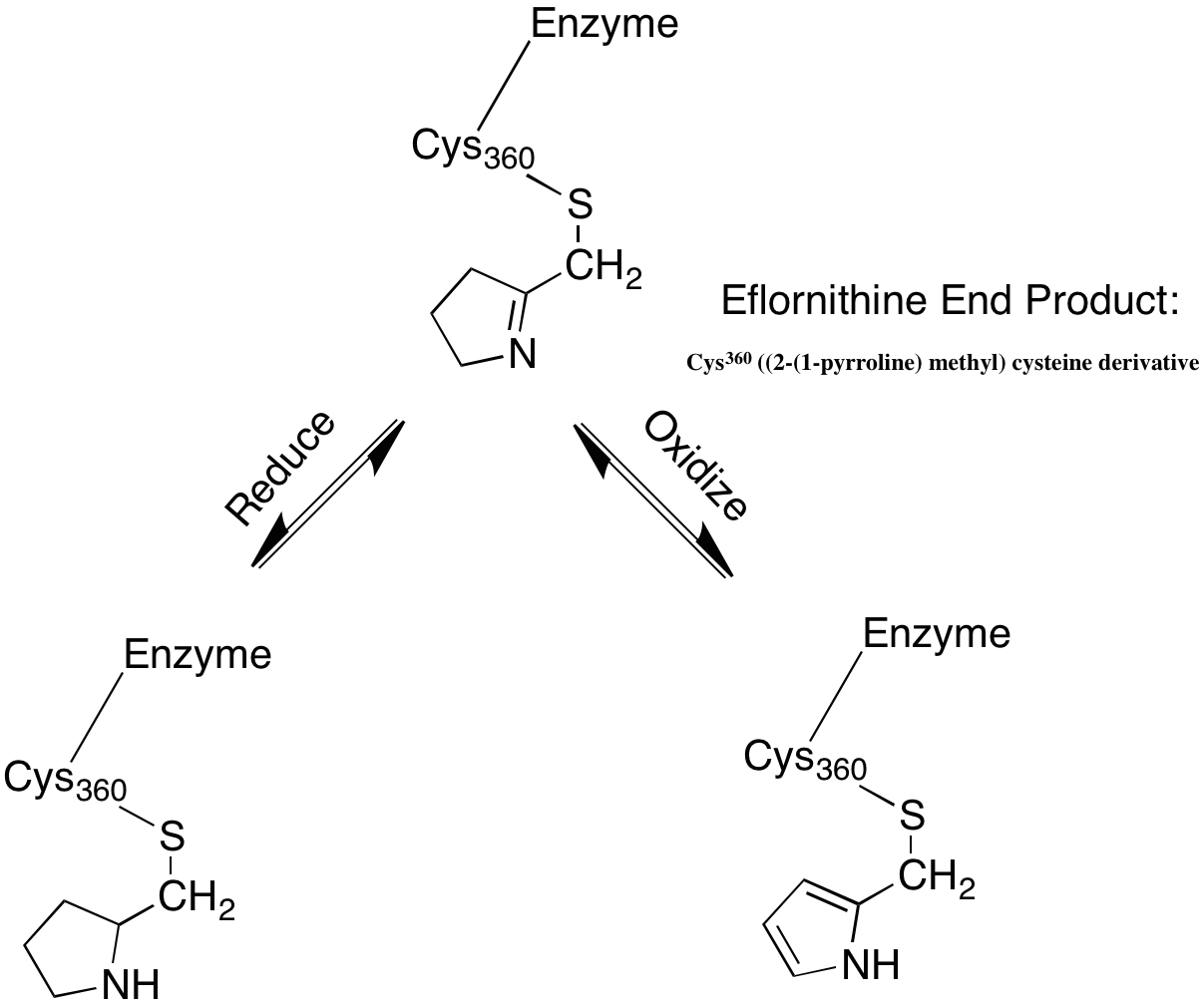
II. Uses of Eflornithine
From enhancements to life-saving treatments Eflornithine's uses in medicine are diverse. Its range of applications demonstrates its versatility and significant impact.
Primary indications: hirsutism and African trypanosomiasis
Eflornithine has shown effectiveness in managing hirsutism, which can cause distress due to unwanted facial hair in women. It works by inhibiting the enzyme ornithine decarboxylase, which helps reduce hair growth and brings a sense of normalcy to those affected. Additionally, it plays a role in fighting African trypanosomiasis, also known as sleeping sickness. Preventing the growth of Trypanosoma brucei gambiense offers hope to those who suffer from this disease.
References:
1: Eflornithine: Mechanism of Action, Uses, Side effects, and Contraindications 2: Eflornithine: Uses, Interactions, Mechanism of Action - DrugBank Online 3: Eflornithine - Wikipedia 4: Eflornithine: MedlinePlus Drug Information
Benefits in dermatological care
Apart from hair growth, dermatologists have praised the benefits of Eflornithine in treating other skin conditions. While it may not be its use, its ability to inhibit cell proliferation has shown promise in addressing specific dermatological concerns making it a valuable tool in skincare treatments.
References:
1: Eflornithine topical Uses, Side Effects & Warnings - Drugs.com 2: Eflornithine Cream | Vaniqa Australia - Skin Plus Compounding Pharmacy 3: Topical Eflornithine Facial Hair Inhibitor Cream - OKDERMO Skin Care 4: Eflornithine (Vaniqa) Skin Cream: Uses & Side Effects - Cleveland Clinic 5: Eflornithine: A Novel Therapeutic Option for Actinic Keratosis - PubMed : Eflornithine: A New Treatment for Photoaging - PubMed
The role in parasitic disease management
Eflornithine's effectiveness in combating the Trypanosoma parasite is genuinely exceptional. It does not serve as a treatment but also plays a vital role in preventing potential infections, making it a crucial component in managing parasitic diseases.
References:
1: Eflornithine | drug | Britannica 2: Eflornithine - Wikipedia 3: CDC - African Trypanosomiasis - Resources for Health Professionals 4: Human African trypanosomiasis: Treatment and prevention 5: African trypanosomiasis - Data From: Focus Medica. 6: Safety and effectiveness of first line eflornithine for Trypanosoma …
III. How Eflornithine Works
Eflornithine plays a role, in the complex dance of biochemistry, showcasing its unique ways of working and highlighting its diverse range of uses.
Mechanism of action in hirsutism
By blocking the actions of the enzyme ornithine decarboxylase in hair follicles, Eflornithine slows down hair growth on a cellular level. This focused method ensures that there is absorption into the bloodstream resulting in improved outcomes while minimizing any unwanted side effects.
Anti-parasitic action: Inhibiting enzyme activity in parasites
When dealing with the Trypanosoma parasite, Eflornithine takes an approach. This drug disrupts the polyamine biosynthetic pathway that is essential for the survival of the parasite, ultimately causing its downfall.
IV. Dosage and Administration
Administering Eflornithine calls for a balance between accuracy and flexibility, depending on the specific use and characteristics of the patient.
Recommended dosages for various conditions
Hirsutism treatment usually involves the application of a cream twice a day. For trypanosomiasis, the recommended approach is an intravenous infusion. The dosage may vary depending on the severity of the condition and the patient's weight.
Forms available: cream, injectable, etc.
Eflornithine offers a range of treatments designed for medical purposes. Whether it's a cream for hirsutism or a solution, for sleeping sickness there are various formulations available to address specific clinical needs.
Instructions for application and intake
To achieve the outcome, it is crucial to follow the given instructions carefully. When applying the cream make sure your skin is clean and dry and avoid getting it near your eyes or any mucous membranes. On the hand when using the injectable form it's essential to have a healthcare professional administer it, with great care and attention.
V. Composition
When you delve into Eflornithine, you uncover a combination of ingredients that work together to provide outstanding therapeutic benefits.
Active and inactive ingredients
While Eflornithine is the component responsible for its effectiveness, it is supported by other inactive ingredients such as ceteareth 20 and glycerin. These additional constituents play a role in improving the stability and application process of the medication.
Pharmaceutical form and characteristics
Whether it's the texture of its topical version or the apparent clarity of its injectable variation, Eflornithine's different forms, as medication, are designed to maximize how well it is absorbed by the body and to make it easier for patients to use as instructed.
VI. Storage
It is important to follow strict storage protocols to ensure that Eflornithine remains effective as a treatment. These protocols not protect its potency but also prevent any potential degradation.
Ideal storage conditions for potency
Eflornithine prefers to be kept in a dry place away from direct sunlight. The best temperature range for it is 15 25°C. It's important to make sure that the environment is not humid, as this can affect its composition and quality.
Shelf life and expiration
Eflornithines stability is evident in its ability to remain effective for years. However, conducting inventory checks and utilizing the medication promptly after it expires is crucial, as its therapeutic benefits may decrease over time.
VII. Interaction with Other Drugs
Like planets in a vast galaxy, drugs tend to attract each other, resulting in either beneficial effects or disastrous interactions. Eflornithine is not an exception to this rule, as certain medications can impact its effectiveness and safety characteristics.
Common drugs that may interact with Eflornithine
When using Eflornithine creams with retinoids, it is possible to experience stronger skin reactions in the treated area. Similarly, antiparasitics may require dosage adjustments due to interactions with other medications.
Implications of concurrent administration
When Eflornithine interacts with medications, it can change how it works as a treatment. While some combinations enhance its effectiveness, others may cause effects highlighting the importance of careful monitoring.
Recommended precautions
It's always better to be prepared than caught off guard. To avoid any issues with drug interactions, you must have a comprehensive review of your medications and regular checkups with your healthcare provider. Additionally, share all your medicines, including any over-the-counter products or supplements. It's crucial for your well-being.
VIII. Side Effects
Every therapeutic intervention comes with the potential for both adverse outcomes. Despite being a source of hope for many, Eflornithine is not immune to this reality. It is essential to pay attention and stay vigilant, about its side effects even though they are mostly harmless.
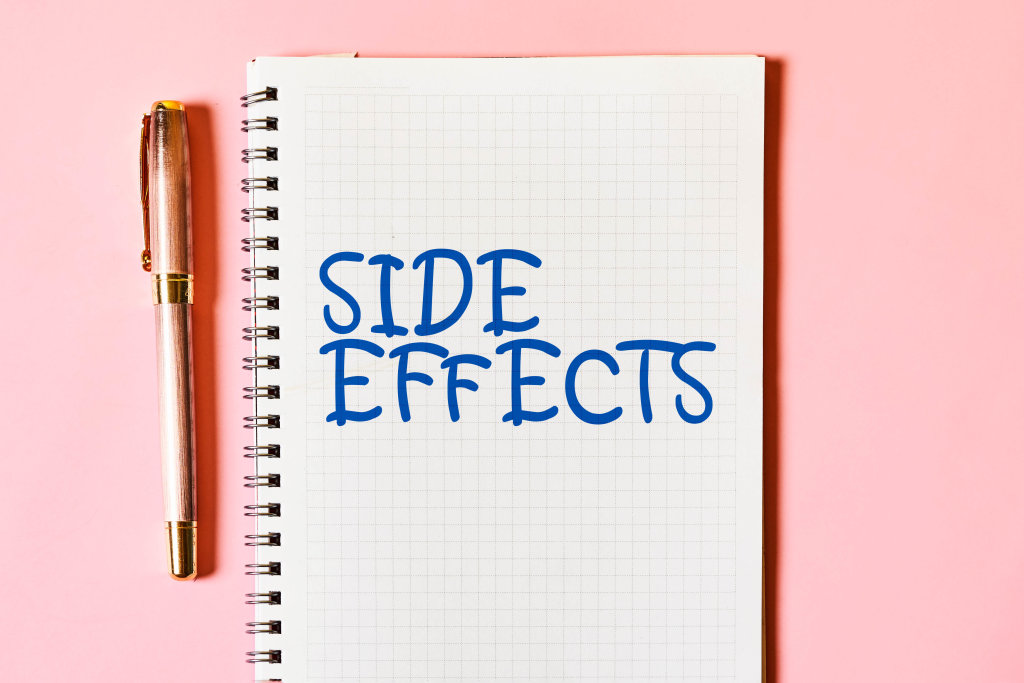
Overview of potential adverse reactions
From skin reactions to more systemic severe symptoms, Eflornithine can cause various adverse effects. Patients may commonly experience redness, a stinging sensation, or tingling when using topical forms of the medication. However, although uncommon, it's essential to acknowledge that severe reactions are still possible.
Distinction between common and rare side effects
Although most people may experience side effects, like skin irritation or a rash a very small number may face more uncommon symptoms. These could involve allergic reactions or systemic effects, mainly if the medication is used in ways that go beyond its intended use. These differences highlight the significance of educating patients and seeking medical attention when necessary.
IX. Common Side Effects
The journey of using Eflornithine for purposes is generally smooth though it may occasionally come with some common side effects. While most of these reactions are harmless, they still deserve attention.
List of frequent side effects
Erythema; When the skin temporarily turns red and feels warm. Burning; Sometimes, there could be discomfort after applying the product, especially if it's topical. Rash; In some cases, the skin may become itchy. Have a raised texture. Dryness; The area where the product is applied might experience dryness.
Management and mitigation strategies
A balanced combination of proactive measures and after-the-fact handling can alleviate these side effects. This involves using moisturizers for the skin or temporarily stopping the use of the product until symptoms improve. Additionally, conducting a patch test before applying it entirely could be a move to prevent possible reactions.
X. Off-label Use
Eflornithine flexibility has sometimes extended beyond its approved uses leading to its application in, off label circumstances.
Emerging research and potential benefits
The world of science is full of studies exploring the potential of Eflornithine in new areas. Early research suggests that it could be helpful for more than treating excessive hair growth and sleeping sickness. Even though they are still in their early stages, these promising directions indicate that the drug may have a wide range of therapeutic uses.
References:
1: Eflornithine: MedlinePlus Drug Information 2: eflornithine: Uses, Taking, Side Effects, Warnings - Medicine.com 3: Eflornithine hydrochloride | DermNet 4: Eflornithine: Indications, Side Effects, Warnings - Drugs.com 5: Eflornithine - Wikipedia
Risks and considerations
Venturing down the road requires careful consideration. While there may be advantages, there are also risks to consider. Due to the availability of solid evidence in these specific areas, both healthcare professionals and patients should approach such utilization cautiously and equipped with thorough evaluations of the potential risks and benefits involved.
References:
1: 10 Facts about road safety - World Health Organization (WHO) 2: The Health Costs and Benefits of Living Near Roads, Highways, and Light Rail - PRB 3: How Does Transportation Affect Public Health? | FHWA
XI. Warnings
Although Eflornithine has proven to be a treatment option, it is essential to consider a few caveats. When used in prolonged situations there are precautions that need to be taken into account.
Potential risks associated with prolonged use
Extended usage could increase the likelihood of skin reactions. In more uncommon cases, systemic side effects. Additionally, the possibility of developing resistance, especially when dealing with infections, cannot be ignored entirely.
Situations where Eflornithine should be used with caution
Patients who already have skin conditions, weakened systems, or are taking specific medications may require a more cautious approach when administering Eflornithine. In these situations, it becomes essential to monitor their condition.
XII. Contraindications
The realm of pharmacology is full of complexities. Eflornithine is not exempt from that. Although it can cure many, some circumstances and characteristics define its limitations.
Conditions or factors where Eflornithine is not recommended
Please refrain from using Eflornithine or its components if you have a history of hypersensitivity or allergic reactions. Additionally, avoid applying the medication to open wounds or infected areas. It is also essential to consult with healthcare before using Eflornithine if you have severe liver or kidney problems.
Patient profiles to consider
Children, pregnant women or breastfeeding, and individuals taking multiple medications simultaneously require a careful approach, often leaning towards being more cautious or avoiding specific actions.
XIII. Careful Administration
Administering Eflornithine may appear simple. It requires careful attention to prevent any unexpected incidents.
Ensuring correct dosage and monitoring
It is essential to follow the recommended dosages and regularly have checkups to avoid any potential problems. Additionally educating patients so that they can identify and promptly report any unusual symptoms is crucial.
Recognizing signs of misuse or overdose
Sometimes if someone experiences worsening of side effects or develops new and unusual symptoms, it could indicate that they have been misusing or taking too much of something. In these situations, it's essential to seek medical help.
XIV. Important Precautions
With precautions in place, the use of Eflornithine for therapeutic purposes can be effective and safe.
Necessary patient monitoring during treatment
Regular appointments with your healthcare provider are crucial, particularly when starting treatment. These visits help assess the effectiveness of the therapy and ensure any possible side effects are identified and addressed promptly.
Adjustments based on patient response
Being too rigid in therapy can often lead to less than results. Sometimes it's necessary to adjust the dosage based on how individuals respond or if new side effects arise. These adjustments help ensure that therapy is optimized for outcomes.
XV. Administration to Special Populations
The therapeutic landscape of Eflornithine is quite diverse. When it comes to administering it to different populations, customized considerations are necessary.
Elderly: Adjustments and concerns specific to older adults
The elderly population, with their physiological characteristics, may experience increased sensitivity to Eflornithine. It is crucial to reduce the dosage and closely monitor their response. Additionally, considering the possibility of medications in this age group, it is essential to be vigilant about potential drug interactions.
Pregnant Women and Nursing Mothers: Potential risks, benefits, and considerations
When considering using Eflornithine during pregnancy or breastfeeding, assessing the potential risks and benefits is essential. Although no evidence of it causing birth defects, we cannot assume it is entirely safe. Therefore, its use in this group should be limited to situations where there are medical reasons and when safer alternatives are unavailable.
Children: Safety profile and dosage adjustments
The field of pediatrics, with its changing drug absorption and metabolism rates, requires individualized approaches to dosing. Although generally safe, it is essential to remain vigilant for side effects and regularly reassess the appropriate dosage.
XVI. Overdosage
Although it is uncommon, it is possible to overdose on Eflornithine. Recognizing the warning signs and taking action can prevent serious consequences.
Recognizing signs of Eflornithine overdose
Apart from intensifying the recognized adverse effects taking too much of a medication can lead to broader symptoms such as feeling lightheaded, experiencing digestive issues, or even having changes, in awareness.
Immediate actions and antidotes
If someone overdoses, they should seek medical help. Although there isn't an antidote available specific supportive measures, like gastric lavage or activated charcoal, can be helpful especially if the overdose happened recently.
XVII. Handling Precautions
Eflornithine involves more than administering it; how we handle and dispose of it are also important, sometimes overlooked aspects.
Safe handling and disposal of Eflornithine
It is crucial to keep the medication from children, avoid using it after it has expired, and dispose of it according to local regulations. Additionally, please refrain from flushing or pouring any topical product down the drain.
Minimizing environmental impact
Disposing drugs responsibly and following the guidelines in our area not only keeps us safe but also reduces the environmental impact. It reminds us that we are responsible for taking care of our surroundings beyond just our health.





















